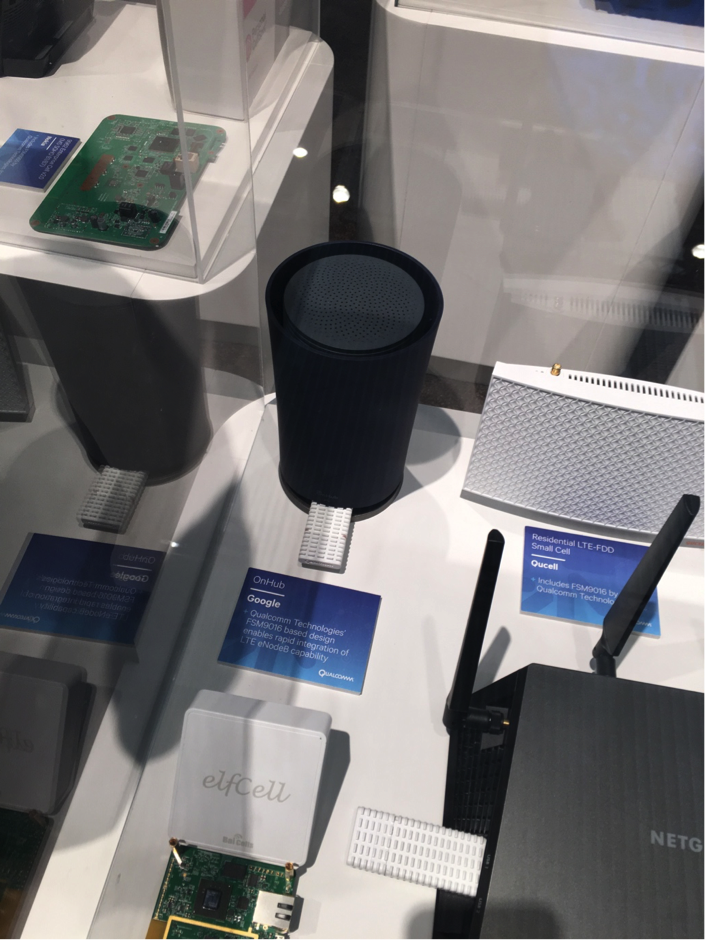Wireless
Momentum Builds for 3.5 GHz Mobility in 2018

What is the 3.5 GHz Citizens Broadband Radio Service?
Last year, the U.S. allocated 150 MHz of spectrum for fixed and mobile broadband use under the newly-created Citizens Broadband Radio Service (CBRS) in the 3550-3700 MHz band. To put 150 MHz of bandwidth into perspective, this is roughly equivalent to the total spectrum that each of the Big 4 U.S. wireless operators have licensed to date. With 10 MHz channels, this is ideal for LTE TDD and small cells with transmitter powers of 1W/10 MHz EIRP for indoor use and as high as 50W/10 MHz EIRP in rural locations. This is great for MSOs who have the key locations, backhaul and power where people use data, either inside buildings or outside via their external cable infrastructure. For example, in metro areas, MSOs can place 10W/10MHz EIRP small cells on cable strands for great coverage. It is the first time that fixed operators will be allowed to use LTE in unlicensed spectrum.
Momentum for 3.5 GHz
Customer Propositions
And Finally, One Last Thought
Wireless
3.5 GHz: The Democratization of LTE
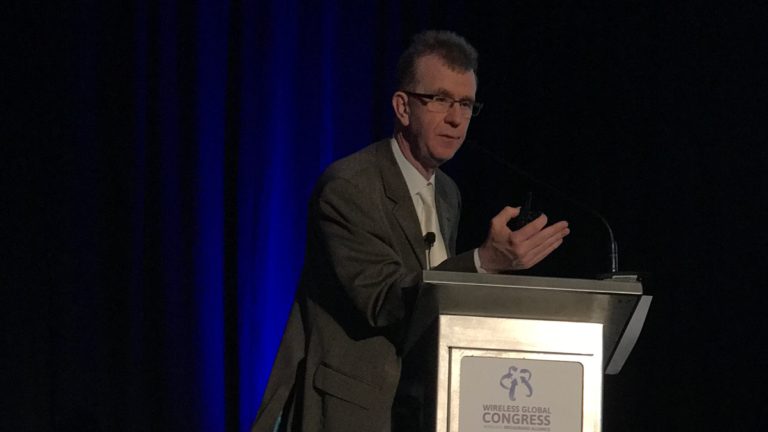
News
CableLabs Joins the CBRS Alliance
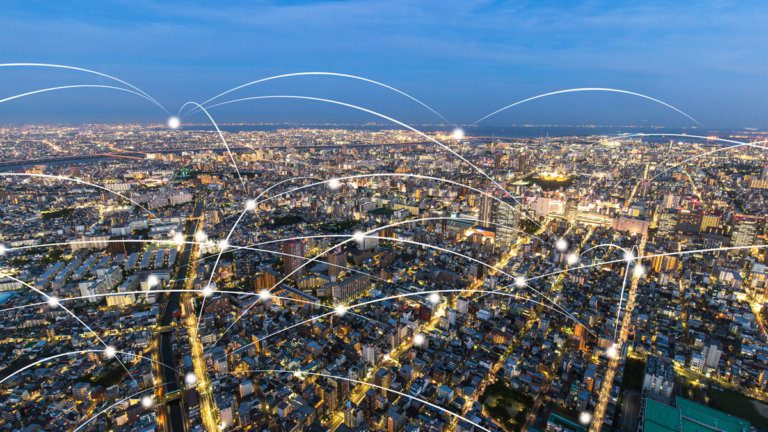
On April 28, the FCC finalized its rules for the Citizens’ Broadband Radio Service (CBRS), opening 150 MHz of spectrum for shared use by commercial entities in the 3.5 GHz band (3.55-3.7 GHz). There will be 15 ten megahertz-wide (MHz) channels available at a granular census tract geography across the United States, suitable for LTE time division duplex (TDD). 80 MHz is reserved for unlicensed use and the other 70 MHz can be subject to an auction for licensed periods of three years. Should that not happen for lack of interest at that time then 150 MHz is available for unlicensed use until another opportunity for an auction in a year’s time. This represents the first opportunity for the democratization of LTE for new innovative applications. Unlike spectrum for mobile networks which can be used to cover very wide areas, CBRS is designed for small cells in both inside and outside locations.
Innovation
CableLabs Joins the UK 5G Innovation Centre
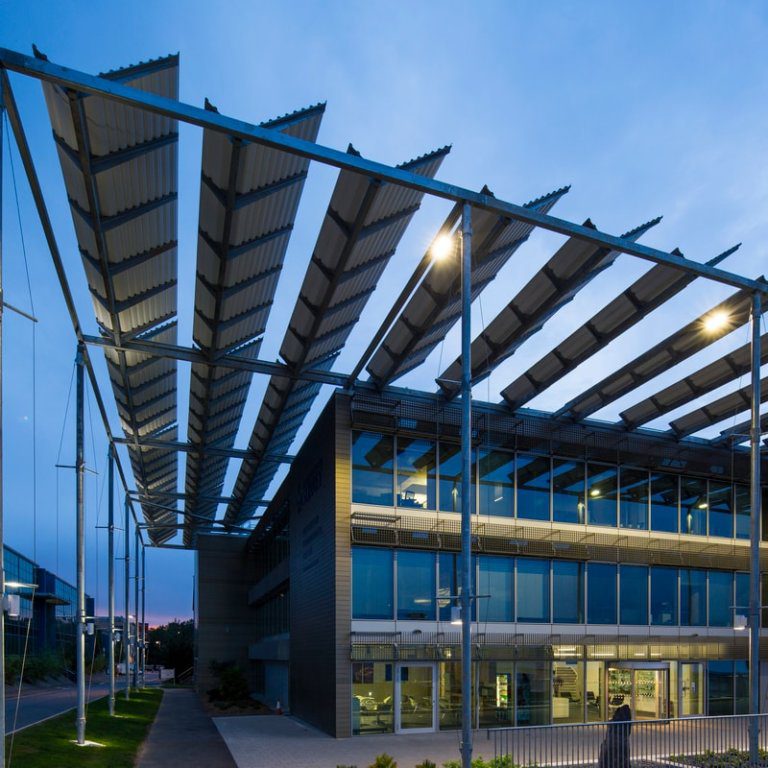
Why is 5G important? 5G, the next generation of mobile communication technology, will redefine communications services and their associated networks over the next five to fifteen years. Whereas the emphasis in the media at the moment focuses very much around the potential for Gbps radio services in the Millimeter frequency bands (mm-wave), one of the most intriguing aspects of the 5G goals is a target of one millisecond of latency for real time network control. This alone would have profound implications for the way that networks are designed and where the content resides. After all, there is no getting around the speed of light. New applications and services will be found for ultra low latency such as augmented reality with haptic feedback in real time, network control of robots and driverless cars.
Why academic research?
UK 5G innovation Centre
News
Please Join CableLabs at Inform[ED]™ Wireless
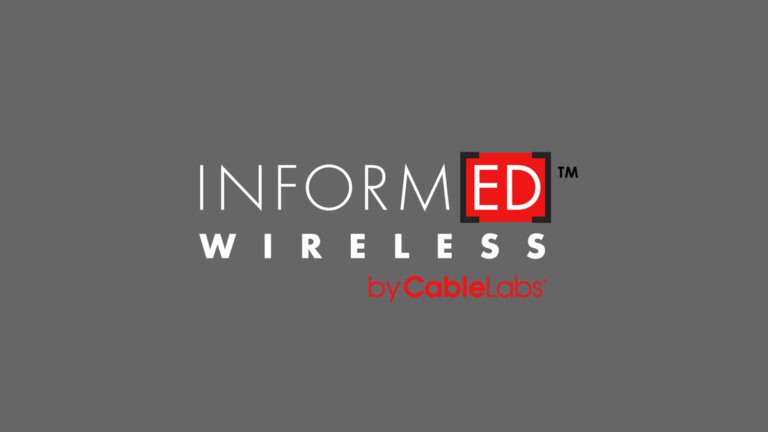
The cable industry has been playing an increasing role in advancing wireless technologies as fixed and mobile networks are converging. Today the cable industry provides wireless customers with the largest footprint of wireless hotspots in an environment of increasing mobility as well as providing backhaul connections to mobile operator cell sites. To meet the predicted 1000x increase in wireless data over the next 10-12 years, it is expected that a large part of this will be achieved by small cell deployments inside homes and offices on cable. There are opportunities for the cable and wireless technologists to collaborate on technologies such as 5G, WiFi and small cells to deliver an improved customer experience in the future.
News
My Retrospective of Mobile World Congress
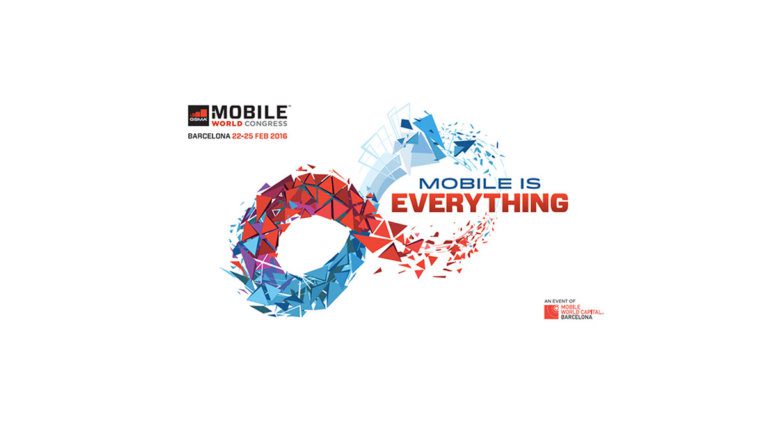
I set myself the almost impossible challenge of elaborating on only three takeaways from the CableLabs member tour of MWC 2016.
Second -
Third and Finally -
News
Impressions From Mobile World Congress

When I last left you at the end of my first day at Mobile World Congress, I had carried out a scouting tour.
WiGIG (802.11ad)
And finally:
News
First Impressions of the Mobile World Congress in Barcelona

CableLabs is hosting its first tour of Mobile World Congress (MWC) here in Barcelona, Spain. The MWC is the World’s largest mobile congress with attendance likely to top over one hundred thousand people from two hundred countries. It’s the place to be seen in the mobile world, which today is more than about handsets and networks. All the largest companies in telecom are here making major announcements.




